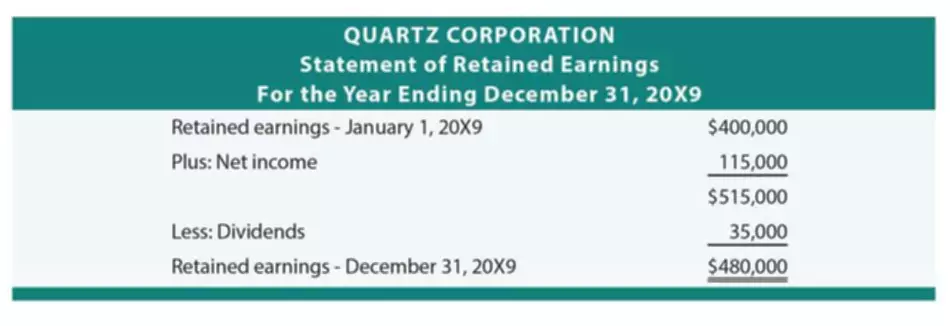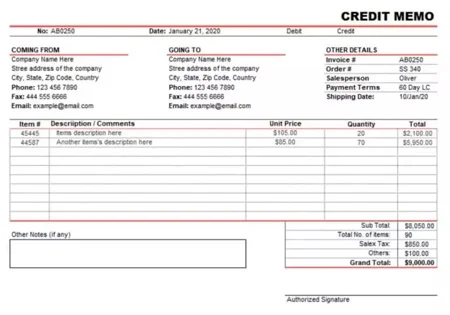NetSuite Applications Suite Cumulative Translation Adjustment CTA Overview
April 23, 2021Content
- Summary of Statement No. 52
- What Is Cumulative Translation Adjustment (CTA) In Accounting?
- To set up and perform FASB 52 Foreign currency translation
- Step 2: Establish Accounting Periods
- Financial statement values are measured using a company’s “functional currency”
- Removing the Impact of Foreign Exchange Translation from Financial Analysis

Accordingly, the exchange gains and losses in such an operation are included in net income. There are many companies who have subsidiaries that operate around the world but the parent is in the United States. This means that the consolidated financial statements have to be presented in the US dollar which will require foreign currency translation adjustments.

On the other hand, when the functional currency decreases in value against the second currency, this results in a loss. Literal application of the guidance may be burdensome and not always practical, as there could be numerous revenue, expense, gain or loss items that need to be translated. The FASB recognized this and permits the use of weighted average exchange rates. Foreign currency translation refers to the accounting method foreign currency translation in which companies having international businesses translate the financials of their international subsidiaries into its domestic or the functional currency with the motive of meeting the financial reporting requirements. An entity’s functional currency is the currency of the primary economic environment in which that entity operates. The functional currency can be the dollar or a foreign currency depending on the facts.
Summary of Statement No. 52
A currency in a highly inflationary environment (3-year inflation rate of approximately 100 percent or more) is not considered stable enough to serve as a functional currency and the more stable currency of the reporting parent is to be used instead. In this post, we provided an overview of the framework for application of the foreign currency accounting guidance. Armadillo Industries has a subsidiary in Australia, https://www.bookstime.com/ to which it ships its body armor products for sale to local police forces. The Australian subsidiary sells these products and then remits payments back to corporate headquarters. Armadillo should consider U.S. dollars to be the functional currency of this subsidiary. The specific effects of translation are often addressed in the
Management section of the Annual Report or in the notes to the
financial statements.
- Rather, both the current and historical foreign currency translation rates are considered based on how the same are carried on the entity’s books.
- If so, you are aware that foreign exchange rate fluctuations can significantly impact your financial reporting.
- Foreign currency translation adjustments would be included as a part of accumulated other comprehensive income (loss) on…
Exhibit 4 shows a gain (credit)
of $63,550 in the OCICTA account because net assets are being
translated at a rate higher than the rates being used for the common
stock, beginning retained earnings, and the net income from
operations. The item “net income from operations” is used to draw the
reader’s attention to the fact that the weighted average rate cannot
be used in all situations. The constant currency analysis described above strictly deals with the translation of subsidiary financial information to the parent company’s currency. However, there can be other foreign currency gains and losses to consider when evaluating a company’s financial statement trends. A major finding of this research is that the lagged value of per-share foreign currency translation adjustments can be used to predict year-over-year changes in earnings per share. The results of the current study also indicate that predictive ability is enhanced when firm specific interaction terms, which control for size, industry, location of direct foreign investment and capital intensity, are included in the estimating equation.
What Is Cumulative Translation Adjustment (CTA) In Accounting?
Some firms experience natural hedging because of the distribution of their foreign currency denominated assets and liabilities. It is possible for parent companies to hedge with intercompany debt as long as the debt qualifies under the hedging rules. Others choose to enter into instruments such as foreign exchange forward contracts, foreign exchange option contracts and foreign exchange swaps. Unfortunately, FX rate changes cannot always be anticipated and hedging has risks and costs.

Specifically, if a transaction occurs on the 5th of the month, the foreign exchange rate might be different when you close the books on the 30th. This gain or loss is not directly due to the company’s core operations, and it should not be viewed as a benefit or a penalty when analyzing the company in terms of its financial stability. By knowing what a company has earned or lost through its day-to-day business operations, investors are better able to evaluate the state of the business itself. Currency Translator neither creates nor destroys values when translating from one currency to another—it applies the year-end exchange rate from the last year in history to Present Value of Cash Flow and translates it directly. Currency Translator assumes all financial data in a file share one currency. To use data in several currencies, change foreign currency entries to the operational currency before translating the file.
To set up and perform FASB 52 Foreign currency translation
Common examples include buying or selling goods or services on credit when the price is denominated in a foreign currency, or borrowing or lending funds with the amounts denominated in a foreign currency. Finally, to close the year, all you have to do is navigate to the admin page and go to “Accounts Periods”, and close out 2021 FY. Specifically, the total assets are recorded as $73,212.90, and the total retained earnings are recorded as $74,148.20. Note that SoftLedger automatically pulled this exchange rate and executed the calculation. As you can see, the SGD subsidiary is showing $100,000 in total assets, and the balancing amount is equal to retained earnings.
- Specifically, if a transaction occurs on the 5th of the month, the foreign exchange rate might be different when you close the books on the 30th.
- Change in the balance sheet adjustment that results from the process of translating subsidiary financial statements and foreign equity investments into functional currency of the reporting entity for the period being reported, net of tax.
- NetSuite dynamically calculates CTA for each account and then displays the total in the CTA account line.
- The CTA entry goes in a translated balance sheet under the accumulated other comprehensive income section.
